Imagine descending below the surface of the water, dressed in layers of scuba gear. As you gradually move away from the sunlight shallows the water squeezes your body compressing your suit. Then, abruptly you hit a cold spot. A sudden flood of chilly water envelopes your skin and your suit. You’ve just swum into a thermocline.
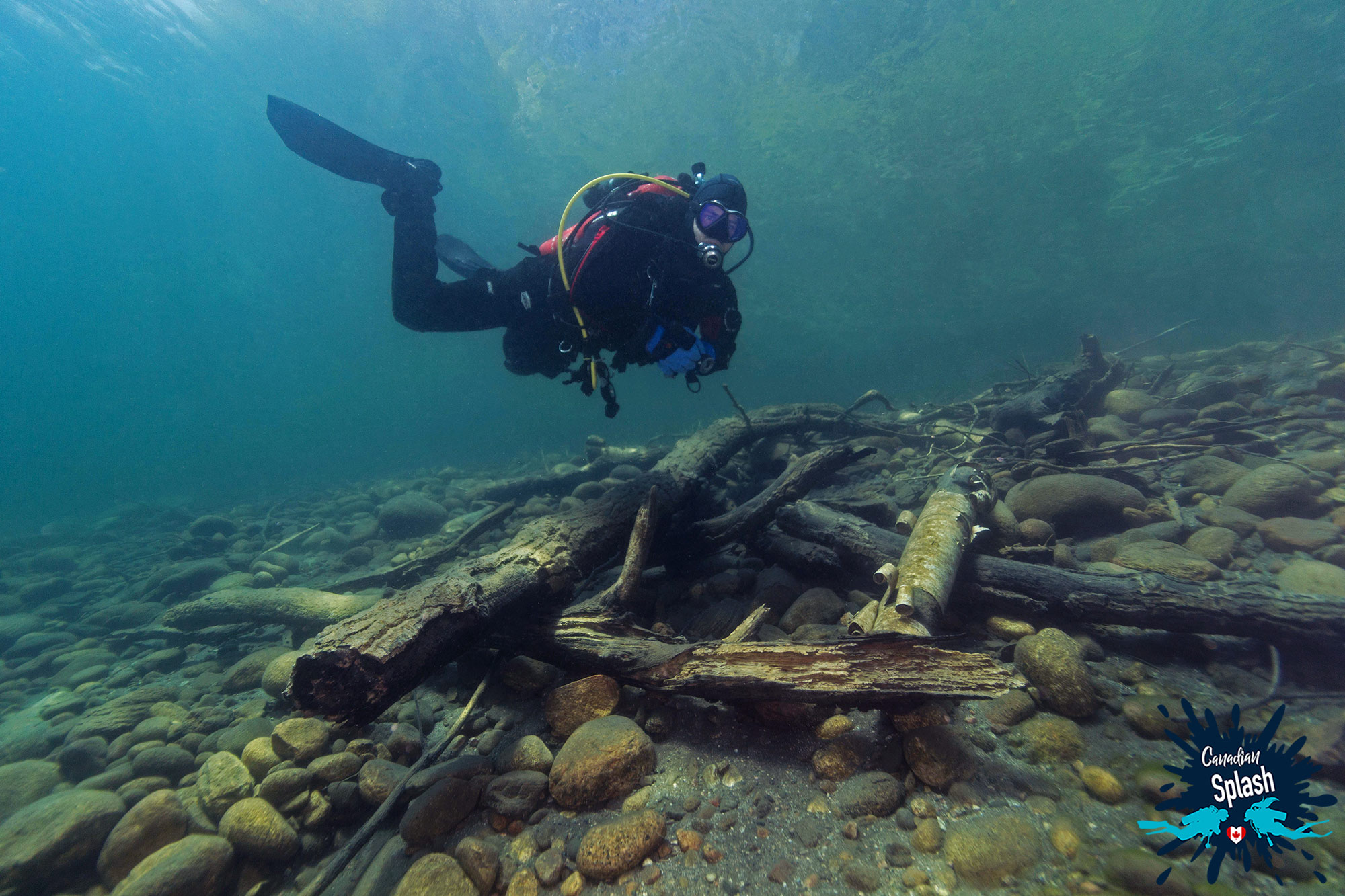
You don’t need to be a diving veteran to have swam into a thermocline. They can exist in all lakes and oceans dividing the sunlit upper layer from the cooler water below. In an average body of water, a thermocline is where the temperature decreases rapidly from the mixed upper layers to the much colder deep water temperature.
The term thermocline is derived from the word “thermal” meaning heat and “cline” meaning layer or gradation. Hence, a thermocline is a transition layer of water that has a dramatically different temperature than the fluid above or below it.
Did you know? Not only do thermoclines exist, but there are also haloclines and pycnoclines. Haloclines are layers of water containing different salinity contents and pycnoclines are layers of water with distinct differences in their densities.
Thermoclines occur in most large bodies of water including lakes and oceans. They are typically found in depths below 10 meters (33 feet). Thermoclines often coincide with haloclines and exist for a number of reasons, all of which vary depending on the time of year, latitude and body of water.
Seasonality plays a big role in thermocline formation.
In tropical regions the sun and temperature stay relatively consistent all year round, meaning the thermocline depth and temperature stays consistent. In temperate regions, thermoclines are the most strongly affected because changes in seasonality are most drastic. At these mid-latitudes, thermoclines deepen in the summer, when surface water temperature increases, and shallow in the winter. In polar regions, thermoclines are the least noticeable (if not non-existent) thanks to colder air temperatures and floating ice which cools surface water.
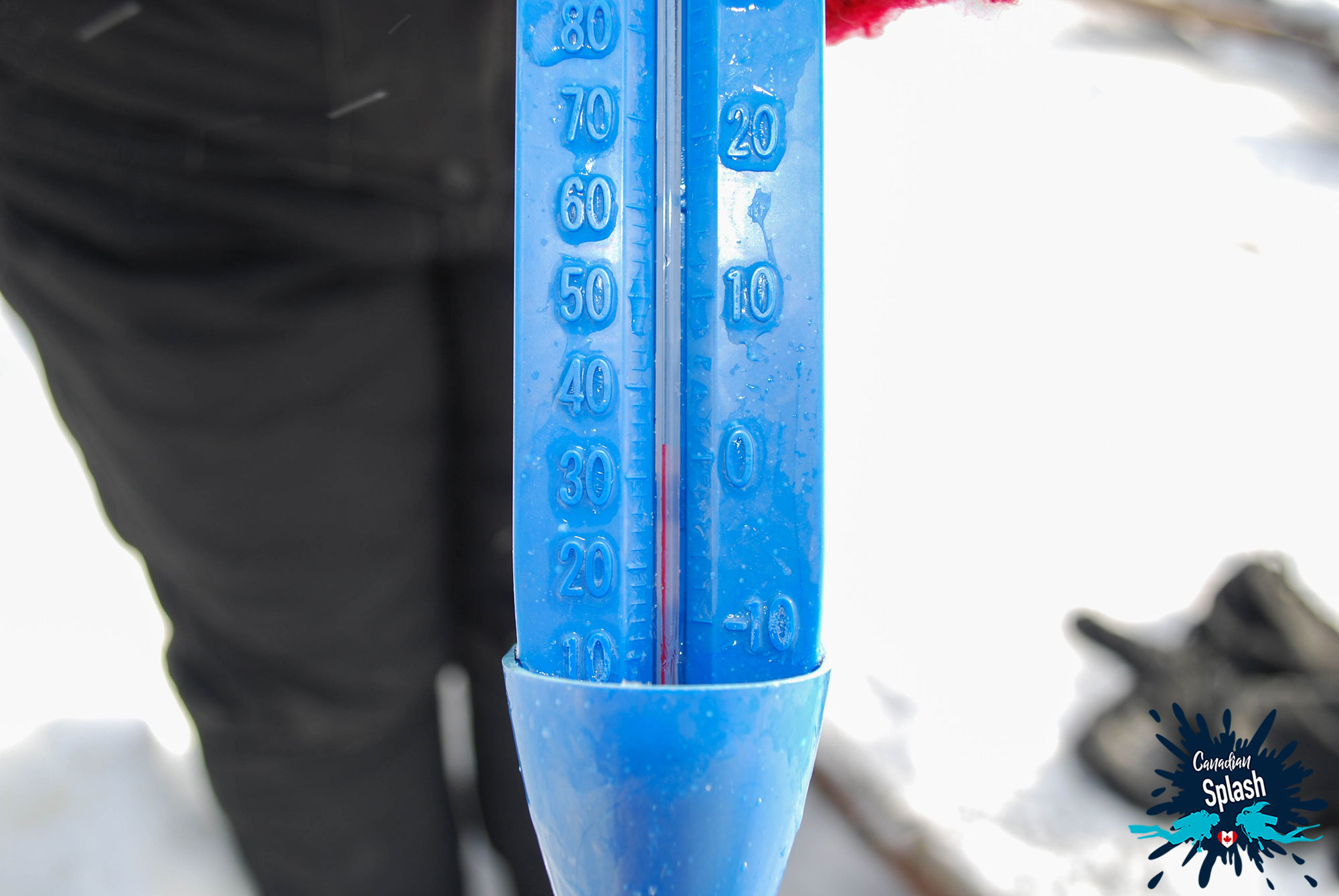
In oceans, the depth and strength of a thermocline vary from season to season and year to year. Typically the top few feet of the ocean are the warmest because they absorb the sun’s heat during the day and lose it via radiation at night. Through mixing, this heated water is segregated throughout the epipelagic zone – the ocean’s top 100 meters (330 feet). Below the epipelagic level, water stays at a relatively cool temperature, undisturbed by surface currents. The deeper you progress the colder the water gets until it is barely warmer than 0°C (32°F).
In ideal scenarios, thermoclines are semi-permanent in the tropics, variable in temperate regions and shallow to nonexistent in polar regions. However, factors such as waves, currents and sun exposure all must be taken into account.
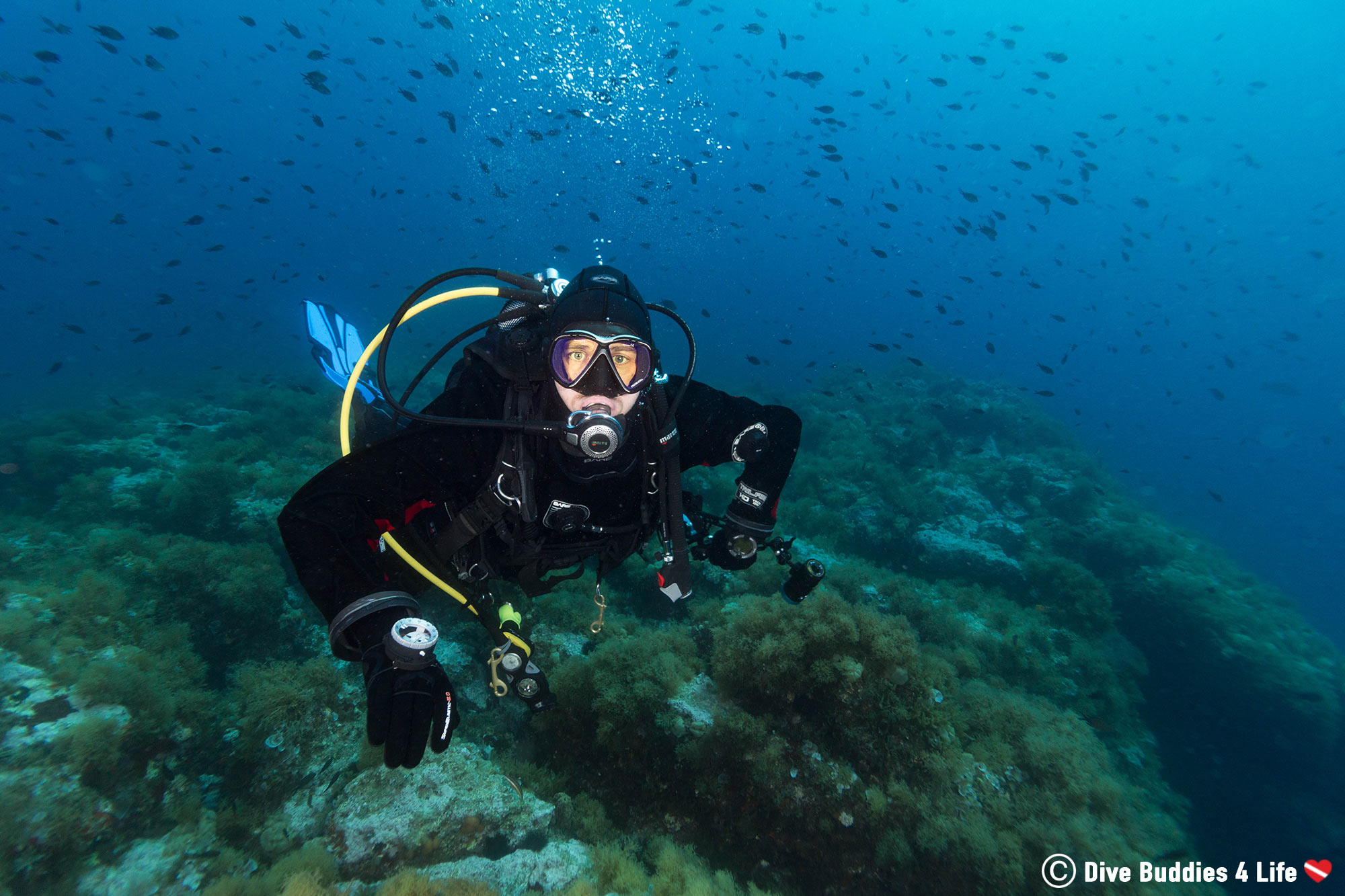
In lakes, thermoclines are caused by stratification. Warm layers of water, heated by the sun, sit on top of the cooler denser water down deeper. The depth of lake stratification and thermoclines vary depending on the heat of the sun and the depth of the water. In general, the surface thermal layers can be anywhere from one to 20 meters (1 to 66 feet) deep. Interestingly the thermocline tends to be deeper in larger lake bodies because of greater wind action mixing the warmer water to a deeper level.
While every lake is different and will turnover in different ways, when an average lake stratification occurs, three different layers of water typically form.
The shallowest layer is the warm surface layer termed epilimnion. This layer interacts with the wind and sunlight. It also contains the most dissolved oxygen. The middle layer is called the metalimnion. It is the transitional zone between the surface layer and the cold lake water at the bottom. It is also typically the point of greatest temperature difference in the lake’s stratification layers. The deepest and coldest layer is the hypolimnion. This layer stretches to the bottom of the lake and often remains around 4°C (39°F). The hypolimnion rarely gets any warmth from the sun and contains the lowest amount of dissolved oxygens as it is isolated from the air at the surface of the lake.
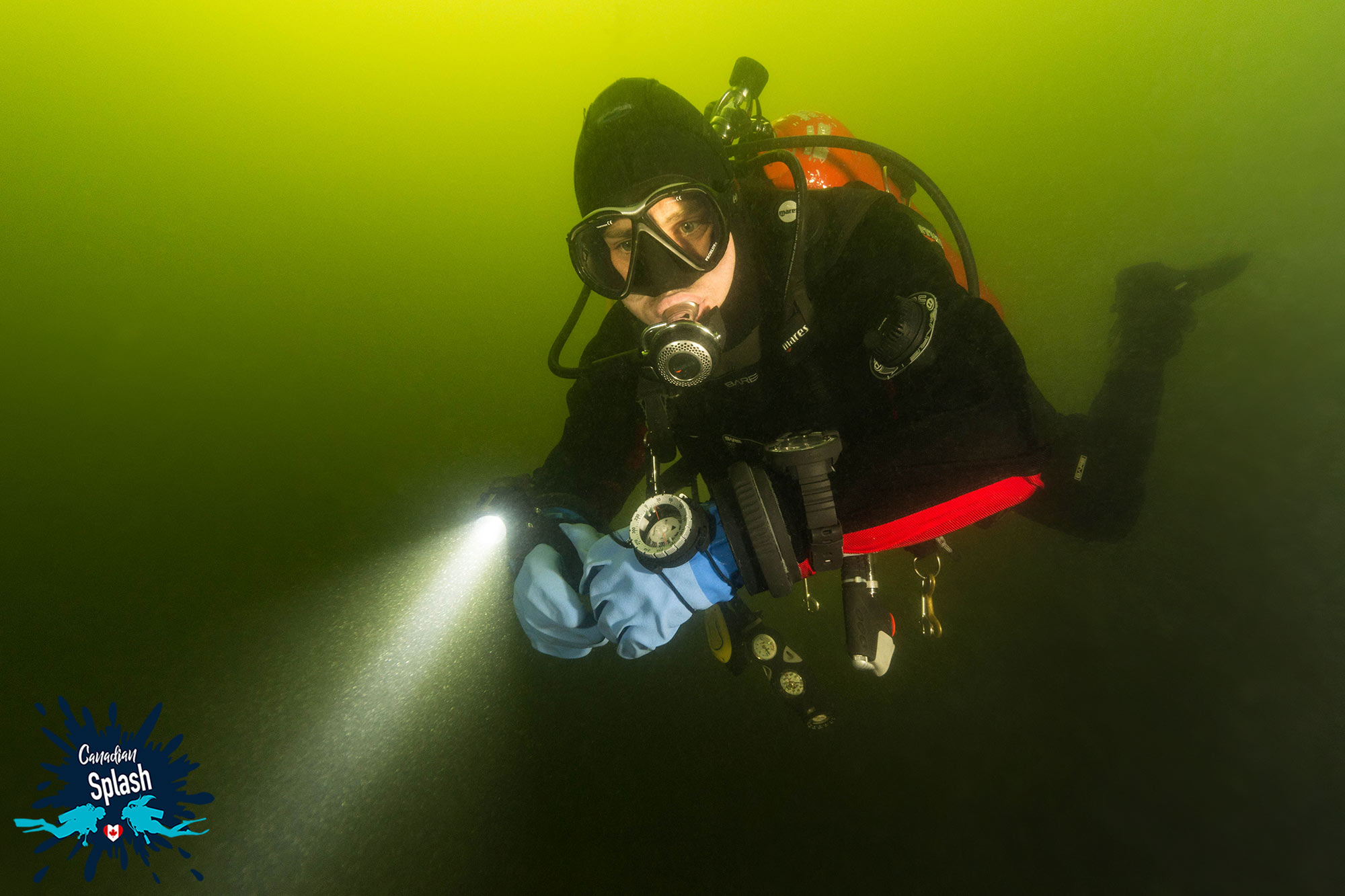
Thermoclines are relatively easy to sense, as they are in essence layers of water determined by temperature. One of the easiest ways to recognize a thermocline is by feeling – or swimming through – a region of contrasting temperatures. Many thermoclines are also recognizable by their visual distortion caused by lighting to refract in a different way. This can appear as a shimmer, oil-on-water, frosted glass of heat haze seen in the desert on a hot day.
In terms of scuba diving, thermoclines are an interesting natural phenomenon that is exhilarating to experience for the first time. While not something encountered on every dive, it’s important to realize thermoclines exist, as they can easily take new or inexperienced divers by surprise.
When it comes to planning a dive, the presence or absence of a thermocline is an important consideration. They can dramatically affect a diver’s warmth and heat loss. If the dive site you’re heading to is known for thermoclines, it’s always good to take the appropriate precautions to prepare for your dive. Don your best wetsuit/drysuit and layer on the extra thermal protection to avoid getting chilled and needing to end the dive early.

Scuba Diving and Staying Warm: Whether you’re looking to scuba dive in cold water or warm water, in the sunny tropics, or the icy Arctic, being chilly on a dive is never fun. Read more on how and why you should stay warm while scuba diving.
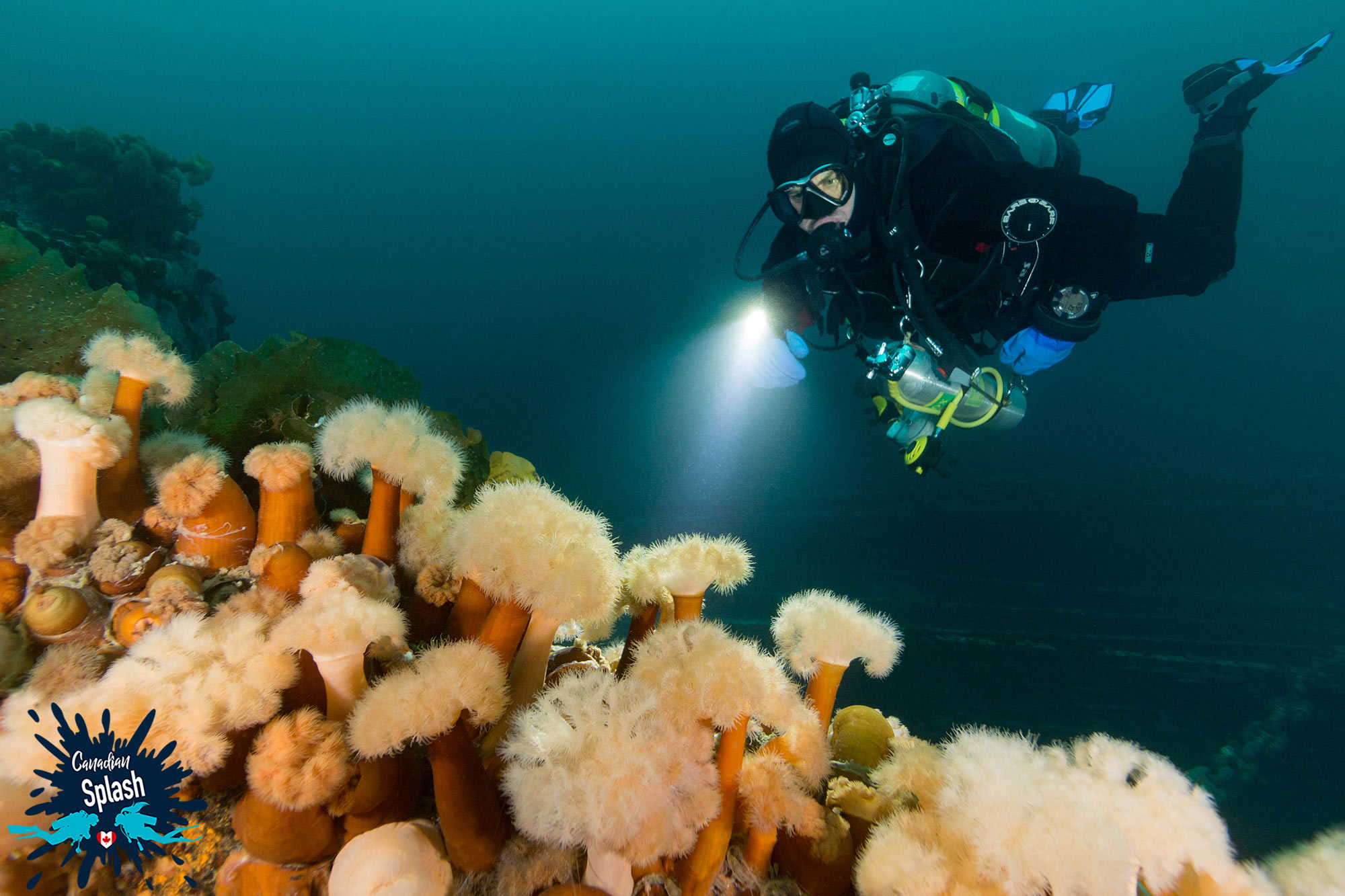
Have you ever experienced hitting a really cold thermocline? Did you have the right gear to stay warm for the duration of the dive or did you succumb to the cold?
Writers Note: This post may contain affiliate links. We will make a small commission if you make a purchase through one of these links, at no extra cost to you. See full disclosure and disclaimer policy here.


Whether you’re scuba diving in cold or warm water, in the sunny tropics, or the icy Arctic, being chilly on a dive is never fun.
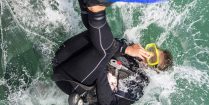
No matter what level of diver you are, scuba backroll entries are a fun-filled way to get off the dive boat and get into the water.
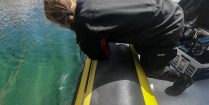
As a diver, sometimes you get hit with seasickness. Here are our solutions to dealing with seasickness before and during your dive.

Dive equipment may be expensive, but new divers will find, there are many advantages to having your own set of scuba gear.

Hair versus scuba, now that's a combination that doesn't mix. So how do you stay away from the tares, tangles and hours upon hours of post-dive hair brushing?
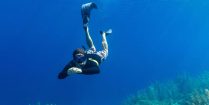
Snorkeling is a water activity that involves swimming along the surface of the water with your face submerged underwater enjoying the world below. It is fun, does not require any special training and almost anyone can do it.
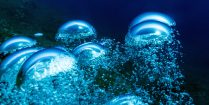
Are you a pig on air? You are not alone. Find out how you can get more out of your scuba diving tank.

Everybody loves the idea of scuba diving, but the aspect of post dive cleanup is a much different story. It’s long, it’s tedious and it almost impossible to do it without getting wet - yet again.

Problem: you want to take decent underwater pictures but good photography gear is just so expensive. Solution: learn how to take good underwater pictures with your handy dandy GoPro, it's easier than you think.

For some Tulum is a region of ancient civilization and crumbling ruins. For others, it’s one of the best cave and cenote diving places in the world.
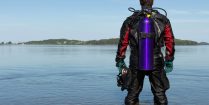
Given the current state of the world, travel is restricted and people are checking out their own backyards. Local scuba diving can be a very different experience than the usual holiday diving adventure, but it is one well worth exploring.

Organizing a dive vacation can be a challenge. To help, keep these four questions in mind when planning your next scuba diving vacation.

Sometimes a dive doesn’t go according to plan and when that happens, it’s important to be seen. Learn all about surface markers and why you should have one.

It's not easy being green in a day and age where everything is plastic and waste. Let sustainability lead the way as you explore the underwater world.
